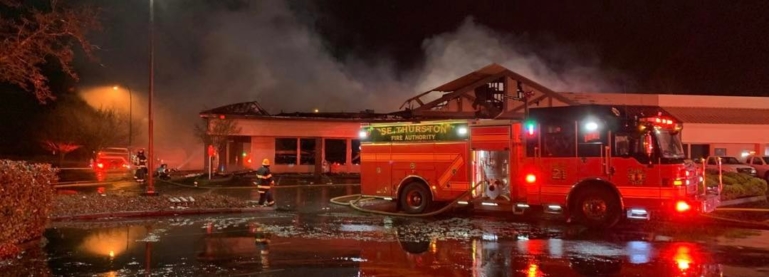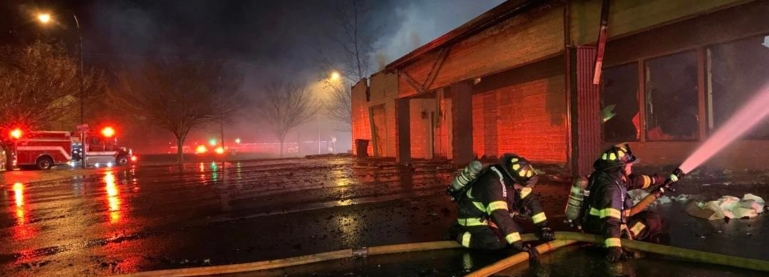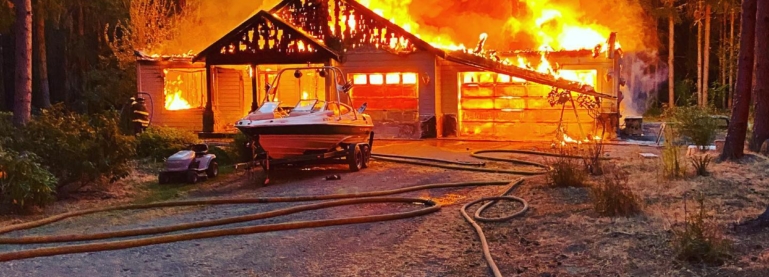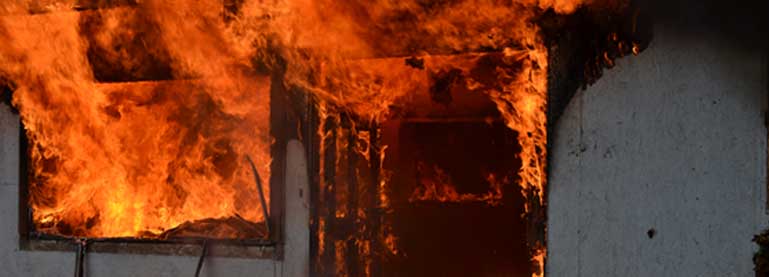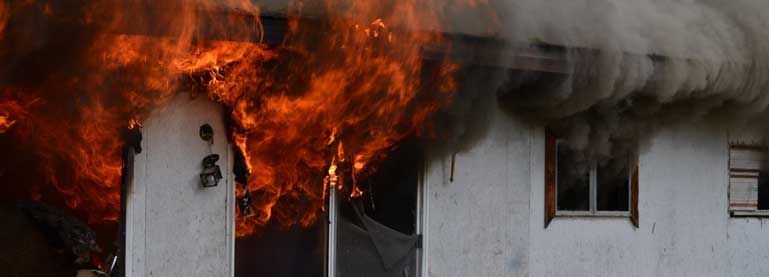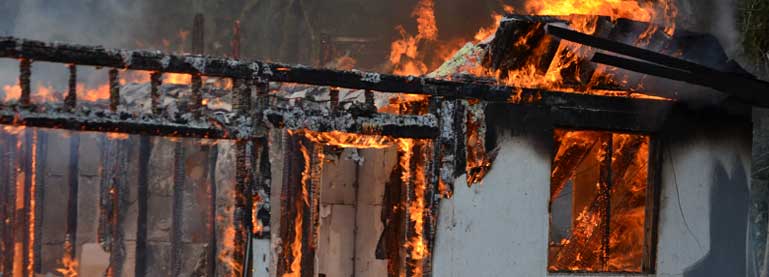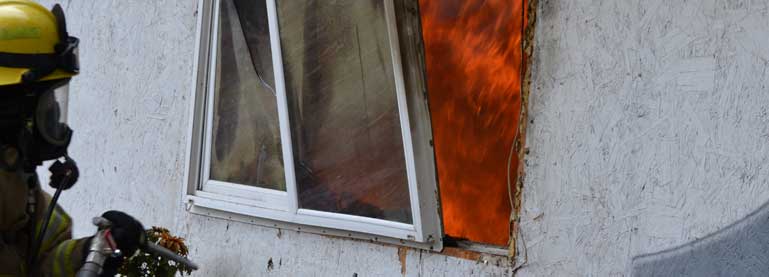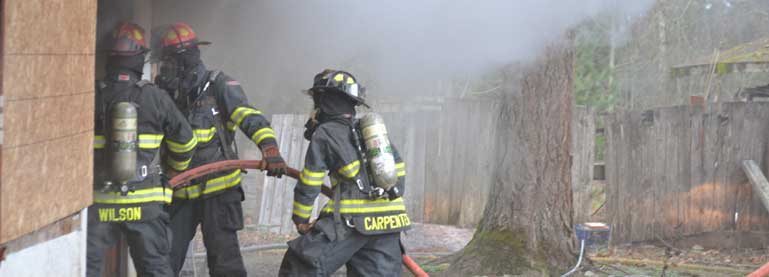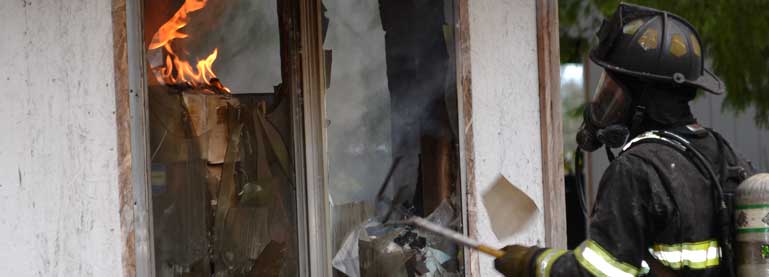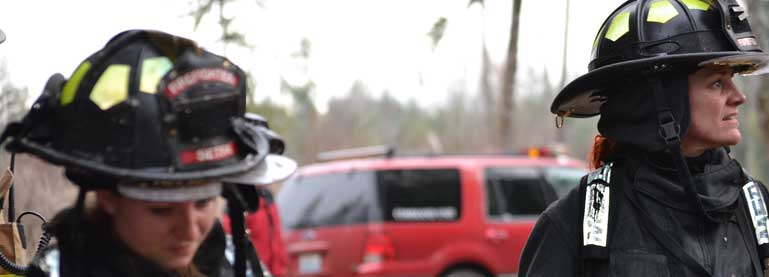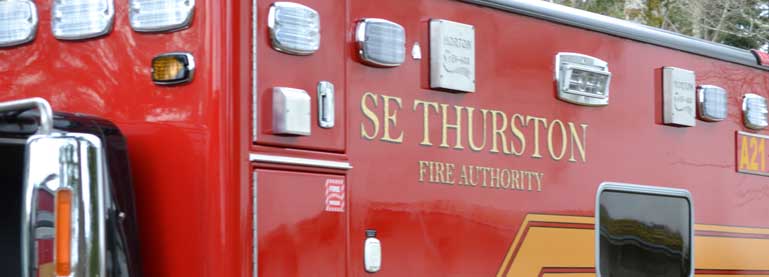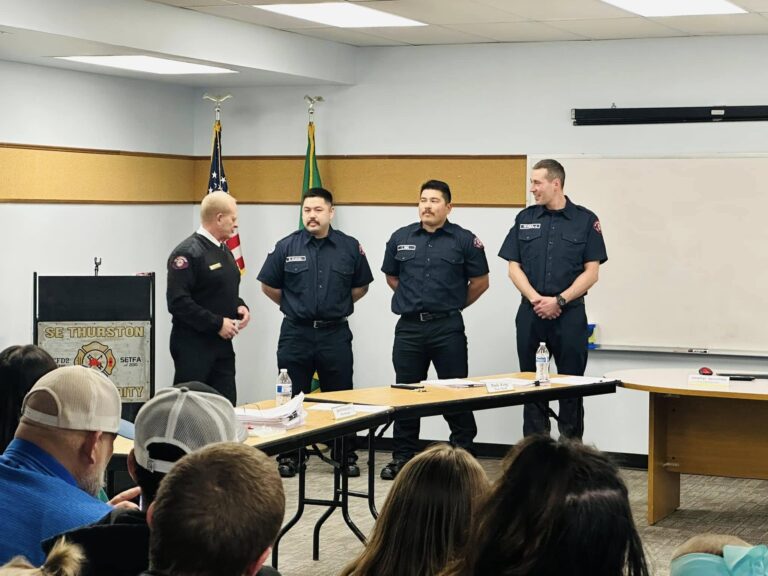As warmer weather brings us outdoors, many families enjoy backyard activities like grilling, fire pits, and campfires. While these moments create lasting memories, they also bring increased fire risks, especially during dry months. At SETFA, your safety is our priority. Here’s what you need to know to enjoy your backyard safely and responsibly.
✅ Before You Light a Fire
1. Check Local Regulations
Always verify if there’s a burn ban or restriction in place. Conditions change quickly during fire season; even small backyard fires can pose serious risks during dry, windy days. Visit [your local fire authority’s website] or call your fire district to stay updated.
2. Choose the Right Location
Keep fire pits, grills, and burn barrels:
- At least 25 feet from structures, trees, and fences
- Away from overhanging branches or dry grass
- On a non-combustible surface (like gravel, bricks, or concrete)
🔥 Fire Pit & Backyard Burn Safety Tips
3. Use Proper Equipment
- Use a screen or spark guard on fire pits
- Burn only dry, seasoned wood—never garbage, plastics, or treated lumber
- Keep a bucket of water, a hose, or a fire extinguisher nearby
4. Stay Attentive
- Never leave a fire unattended—not even for a minute
- Keep children and pets at least 3 feet away from flames
- Limit fire size to no larger than 3 feet wide and 2 feet tall
5. Fully Extinguish Fires
When you’re done:
- Pour water on the fire, stir the ashes, and repeat until it’s cool to the touch
- Don’t leave hot embers overnight—they can reignite with wind
🍔 Grill Smart, Stay Safe
6. Position Your Grill Wisely
- Use grills outdoors only, away from walls and overhangs
- Clean grease traps and check hoses for leaks regularly
- Never leave your grill unattended while cooking
🧯 What If Something Goes Wrong?
If a fire gets out of control:
- Call 911 immediately
- Don’t try to fight a growing fire yourself
- Evacuate everyone from the area
❤️ Fire Safety Starts With You
Backyard fires can be safe and enjoyable with a few simple precautions. Whether you’re roasting marshmallows, hosting a cookout, or burning yard debris, remember: One spark is all it takes.
Stay safe, stay informed, and help protect your family and neighbors. For more fire safety tips or local regulations, visit SEthurstonfire.org or follow us on social media.

